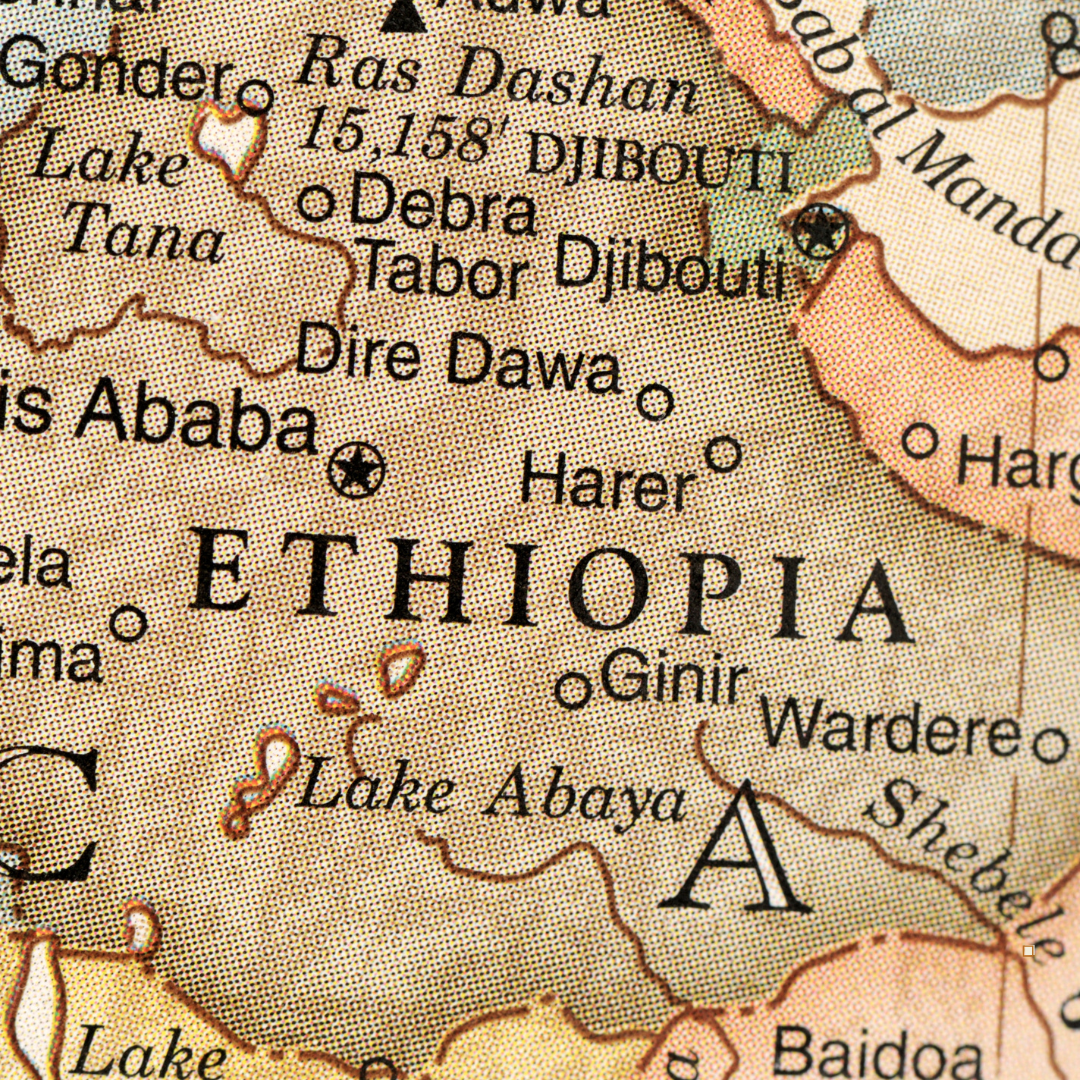
Comparing Ethiopian Yirgacheffe Coffee to Sidamo and Harrar: Ethiopia’s Coffee Triad
Exploring a Landscape of Boundless Flavor
Ethiopian Yirgacheffe coffee is widely revered for its radiant flavors and gentle floral aroma—characteristics that have made it a favorite among coffee enthusiasts seeking complexity in every sip. Yet, it’s only one part of Ethiopia’s remarkable coffee tapestry. Alongside Sidamo and Harrar, these three regions represent a triad of taste that collectively defines the essence of Ethiopian coffee. Each area offers a distinctive profile shaped by local terroir, altitude, and centuries of cultivation methods refined through tradition. I find there’s always something enthralling about comparing coffees that share a common heritage yet diverge into uniquely captivating paths. For home brewers, understanding these regional differences can open new doors to a deeper appreciation of what Ethiopian coffees have to offer.
The journey to these fabled coffee-growing areas is as remarkable as the beans themselves. Rolling hills and lush forests create a tapestry of natural beauty where coffee plants thrive under the mild Ethiopian sun. Between the vibrant canopy of shade trees and the fertile volcanic soil, the region practically sings of coffee’s heritage. It’s this balance between geography and agriculture that imbues each variety with its signature taste. If you’re a home brewer with a passion for exploring origins, then discovering the nuances of Ethiopia’s coffee triad can become an exciting adventure in every cup.
Sidamo: A Symphony of Brightness and Body
Many coffee connoisseurs regard Sidamo as a region that delivers an almost orchestral range of flavors. Some beans come alive with sparkling acidity and bright citrus notes, while others lean toward a creamy mouthfeel layered with hints of berries or stone fruits. The interplay of cool elevations and just enough rainfall means the coffee cherries mature slowly, soaking up nutrients that enhance both sweetness and complexity. This high-altitude coffee also benefits from meticulous washing and sorting processes, helping it retain a crisp, clean cup profile.
Despite the wide range of microclimates within Sidamo, the coffees here share a common thread: they’re well-structured with a vibrancy that remains memorable long after your last sip. As a roaster, I’m often amazed by how these beans can handle different roast levels. A lighter roast might reveal candied orange zest and florals, while a slightly darker roast can unveil velvety chocolate undertones. For the curious home brewer, testing various roast profiles can transform a single bag of beans into a kaleidoscope of tastes—each method highlighting a new hue of flavor.
Ethiopian Yirgacheffe coffee and Its Intricate Delicacy
Ethiopian Yirgacheffe coffee exemplifies the bright, floral complexity that has put Ethiopia on the map for coffee lovers worldwide. Often grown at elevations exceeding 1,800 meters, these beans develop nuanced flavor layers thanks to the region’s cool climate and fertile soil. Floral aromatics like jasmine or honeysuckle, along with subtle citrus or stone fruit qualities, offer a distinct and memorable cup. Washed processing methods tend to produce a tea-like clarity, while natural-processed versions can introduce fruitier, more robust notes.
As a roaster, I admire how these beans seem to bloom under precise, gentle heat application. Too light a roast might mute some of the more delicate flavors, and too dark a roast risks overshadowing them with smoky undertones. The sweet spot often captures a bouquet of florals and bright acidity that dances on the palate. For home brewers who value intricate profiles, using a pour-over method such as Hario V60 or Chemex can accentuate the best characteristics, creating a tasting experience that feels like uncovering hidden gems sip by sip.
Harrar: A Bold and Fruity Heritage
If Sidamo and that particular high-altitude region discussed earlier champion subtlety and florals, Harrar stands out as coffee’s wilder side. Grown primarily in the eastern highlands, Harrar beans are famous for their intense fruitiness—think blueberry or even wine-like qualities. Natural (dry) processing is the norm here, and it contributes significantly to the beans’ robust, slightly fermented sweetness. Unlike many other Ethiopian coffees, Harrar also exhibits a heavier body, bordering on syrupy, which adds a sense of indulgence to each cup.
Though Harrar coffees can be somewhat unpredictable—varying from harvest to harvest—the payoff is worth it. When they’re at their best, the deep berry notes and thick mouthfeel create a lush, memorable experience. This can be a delight for adventurous home brewers who want to switch gears from delicate florals to something with more heft. Methods like the French press or a well-dialed espresso shot can unveil Harrar’s vivid fruit flavors, letting you witness firsthand how processing techniques and local terroir shape a coffee’s identity.
Why These Three Regions Matter
Taken together, Sidamo, Harrar, and the high-altitude region that produces that bright, floral coffee represent Ethiopia’s core coffee identity—a stunning range of tastes that often leaves people amazed that such distinct profiles can come from one country. Their differences underscore the variety of microclimates and cultural practices spanning Ethiopia’s vast landscape. On a larger scale, they demonstrate how terroir, processing choices, and generational know-how collectively shape the cup that reaches your table each morning.
For those new to Ethiopian coffees, sampling these three varieties can be an eye-opening education in how nuanced coffee can be. Consider brewing them side by side to observe each one’s distinct aroma, flavor, and mouthfeel. From the crisp brightness of Sidamo to the deep fruitiness of Harrar, and the floral refinement of the region that’s revered worldwide, you might just discover a new favorite—if not several.
Brewing Techniques That Amplify Flavor
When you’re exploring beans from Ethiopia’s coffee triad, experimenting with brewing methods is half the fun. Lighter roasts often shine in pour-over devices, delivering clarity of flavor and bright acidity. Immersion methods like the French press can highlight richer undertones, revealing more body and sweetness. Certain beans even work beautifully as espresso, especially if you enjoy an expressive shot with hints of fruit, chocolate, or florals. The key is to remain curious—tweak your grind size, water temperature, and brew ratio to bring out the hidden layers in each origin.
No single “right way” exists to enjoy Ethiopian coffee. Some prefer meticulously measured pours with artisan kettles, while others employ simpler setups, trusting their taste buds to guide them. Whichever route you choose, the joy lies in the process: understanding that each bean has a personality shaped by geography, weather, and the hands that meticulously picked and processed it.
How Ethiopian Yirgacheffe Coffee Completes Your Home Brewing Journey
When you choose Ethiopian Yirgacheffe Coffee from our carefully curated coffee variety selection, you invite a top-tier origin into your daily routine. At Frontier Coffee Roasters, we roast these beans in small batches to preserve their nuanced flavors, ensuring that only premium coffee beans arrive at your doorstep in the quickest way possible. This process allows you to experience firsthand the delicate florals, balanced acidity, and sweet complexity that have made this region’s coffee a staple among discerning brewers. Whether you’re new to Ethiopia’s coffee triad or a seasoned explorer, these beans can transform your morning cup into a journey of taste—one that pays homage to the country’s proud coffee heritage while enriching your own appreciation for every sip. Discover more at the Frontier Coffee Roasters Coffee Hub and the Ethiopian Yirgacheffe Coffee Hub.

